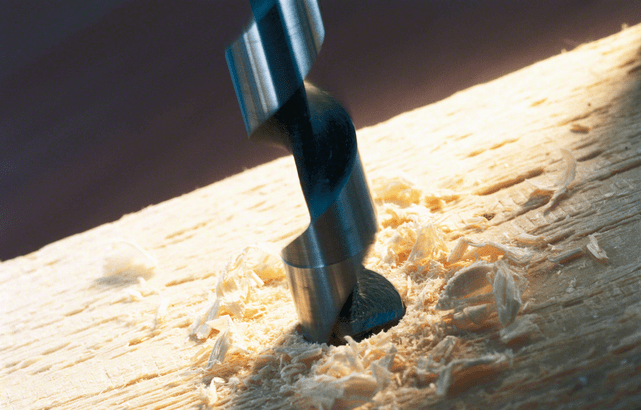There are so many different types of drills and drills bits on the market that even the most seasoned DIY pro may struggle to name them all. This post will provide you with both the different types and their purposes, so keep reading for the ultimate guide. Types of drills Drill driver A drill driver is definitely the most popular type of drill amongst the average homeowner. The reason behind that? Drill drivers are a really versatile type of power tool that help users perform a whole range of different tasks like drilling holes and driving screws into surfaces. This type of driver is typically powered through a battery. Since these drills double up as a driver, you can easily tighten or loosen screws of different sizes and thicknesses. Impact driver This type of driver is designed for loosening bolts and driving screws into surfaces. The difference between an impact drill and a regular drill is that the first doesn’t use a forward chipping gear. Instead, it consists of a rotating hammer and anvil mechanism. The motor inside an impact driver spins the drill bit while the hammer and anvil force it down into the surface and strike it sideways at the same time. Hammer drill As you might have guessed from the name, a hammer drill combines the purposes of a hammer and a drill. A hammer drill works by driving the drill bit in and out of an object at high speed. As the motor spins, pushing the bit back and forth, it chips away at the material as you would with a regular hammer. Cordless drills A cordless drill is any power drill that doesn’t contain any cords or electric wires and instead uses rechargeable batteries to drive the drill’s motor. The majority of these offer the same functions as the corded drills mentioned above. Types of drill bits Twist bit This drill bit will go through sheet metals and can also be used for rough drilling in wood and other materials. Twist bits are available in a wider range of diameters than any other bit type. Brad-point bit These bits look very similar to twist bits, but they have a central spur and side spurs to keep it from travelling. These bits are used to make clean cuts in wood and softer materials, not including metal. Auger bit An auger bit will cut deep, straight holes into timber or thick softwood. The threaded bit point helps keep the cutting bit in place while the spiral cutting head carries wood shavings to the surface. These types are best used with hand-powered brace-and-bit or a power right-angle drill. Counterboring bit These drill bits create a pilot hole and countersink hole to accommodate a screwhead and wood plug. Some of these bits are fully adjustable as to their depth but the most common sizes are for #5, 6, 8, 10, 12 or 14 wood screws and ¼, 3/8 (most common) or ½ inch wood plugs. And there you have it – the ultimate guide to the different types of drills and drill bits, to make sure you kill it (or, drill it!) every time.





